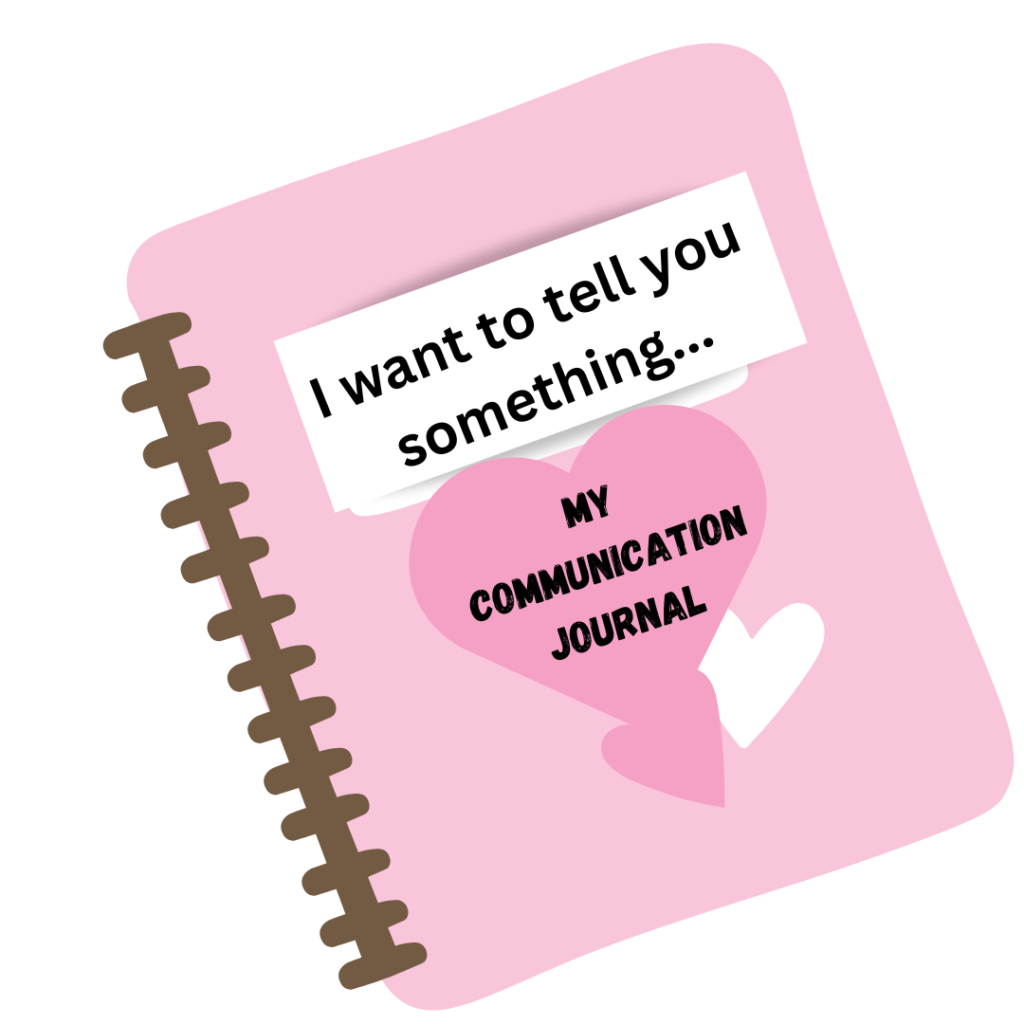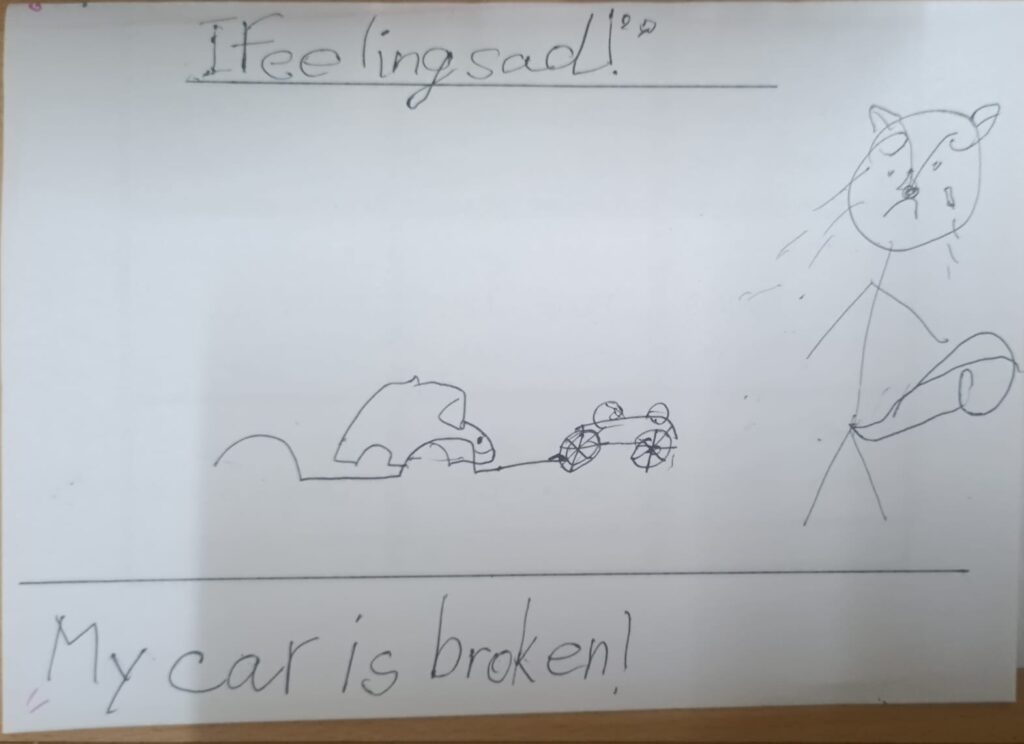What happened in school? Using Communication Journal to Support Neurodivergent Children

As a Speech and Language Therapist, I work with children in both school and private therapy sessions, helping them develop their communication skills. One of the most effective tools I use is a communication journal. This journal allows children to share past experiences, emotions, and important events with their parents, teachers, and friends.
Neurodivergent children often have unique communication needs and may struggle to find the right words to express their thoughts and feelings. Although I focus on” natural ways to enhance vocabulary, comprehension, and overall communication, the communication journal also provides additional support. It gives children a structured way to recall and share information about their day, helping them engage in meaningful conversations with others.
What is a Communication Journal?
A communication journal is a simple tool that helps children, express their thoughts, past experiences, and emotions. It uses pictures, words, or both to document daily or weekly events. This journal supports language development, improves communication skills, and strengthens connections between home, school, and therapy sessions.
Steps to Create and Use a Communication Journal
1. Choose a Journal Format
- Use a notebook, diary, or digital document.
- Paste real pictures, drawings by kids , or written entries either a child can write or parent can write.
2. Set a Routine
- Decide if you will update the journal daily or weekly.
- Encourage the child to participate in the process by sharing the journal with family, friends and teachers.
3. Add Pictures and Words

- Paste or let your child draw pictures related to an event (e.g., playing at the park, visiting a relative).
- Write a simple sentence describing the event. Example: “Ma’am, my car is broken”
- If the child can write, let them add their own words.
4. Review and Talk About Entries
- Read the journal together and talk about past events.
- Encourage the child to share their thoughts using the journal as a guide.
5. Involve Teachers and Therapists
- Share the journal with teachers and therapists.
- They can use it to reinforce communication in the class with peers and other teachers.
By using a communication journal regularly, parents can help their child express themselves. They can recall past events, and engage in meaningful conversations.
The Benefits of Using a Communication Journal
- Encourages Expressive Communication: Many neurodivergent children struggle with initiating conversations. A communication journal provides them with a starting point, making it easier to express themselves.
- Builds a Habit of Sharing: This helps children develop the habit of sharing their experiences with parents, teachers, and peers. Over time, they become more comfortable with verbal expression.
- Improves Vocabulary and Sentence Structure: Writing simple sentences reinforces language learning, improving vocabulary, sentence construction, and comprehension skills.
- Enhances Emotional Expression: A communication journal allows children to express their emotions by sharing happy, exciting, or even sad moments. This fosters emotional awareness and self-expression.
- Strengthens Parent-Child Interaction: Parents become active participants in their child’s communication development . They can enhance it by assisting with the journal entries and engaging in conversations about the recorded events.
Positive Changes Observed
Through my work, I have seen significant improvements in children who use communication journals consistently. Many children struggled to share their experiences. They began to initiate conversations and express their thoughts more clearly. Their confidence of communication increased, leading to stronger social connections.
By incorporating communication journals into daily routines, neurodivergent children gain a powerful tool. This can bridge the gap between their thoughts and verbal expression. With consistent practice and support, these children can develop essential communication skills that enrich their interactions and relationship
